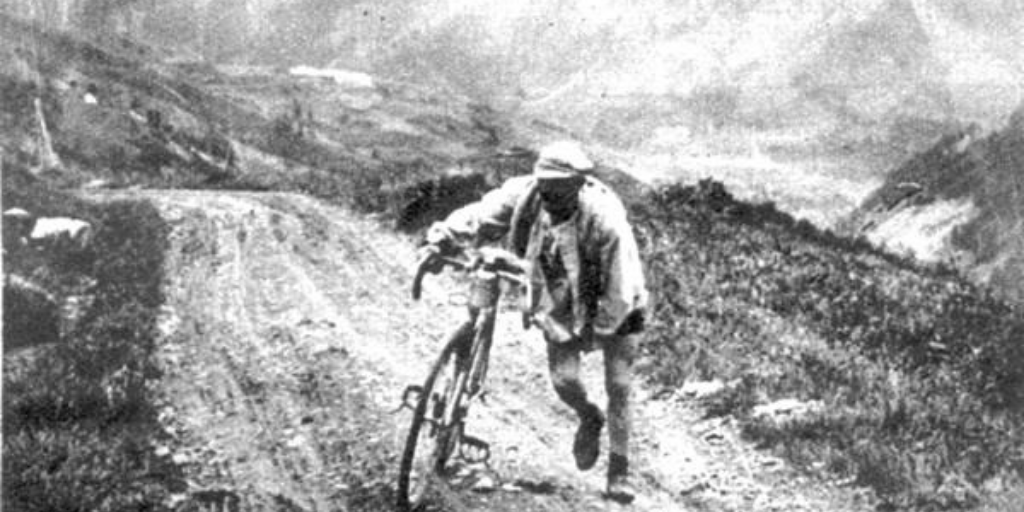The 20th edition of the Tour de France (held between 20th June and 18th July 1926) is best known for its 10th stage, which is labelled as the toughest one of the race ever.
Also, it was the longest edition ever, the participants rode a total of 5745 km (divided into 17 stages). The average speed was 24,064 km/h.
This was the first time when the race started outside Paris. The first stage (373 km to Mulhouse) departed in Evian and was won by Jules Buysse. He also won the next stage and led the general classification, but lost the yellow jersey on the 3rd stage. For the next six stages, Gustaaf van Slembrouck wore the special kit.
Then the infamous 10th stage came. The course between Bayonne and Luchon was 326 km long, included Aubisque, Tourmalet, Aspin and Peyresourde. The riders started at midnight, and stage winner Lucien Buysse (younger brother of Jules) crossed the finish line 17 hours 12 mins and 4 secs later. Fun fact: the same route with the same length was part of the Tour de France in 1913, and the winner, Philippe Thys only took 13 hours to finish it.
On this memorable day, the riders had to race under extremely bad weather conditions. Many of the participants were carried by the buses and cars of the race organizers to the finish. Two-time Tour de France winner, the defending champion and one of the biggest favourites of that year’s edition, Ottavio Bottecchia gave up the race too.
Lucien Buysse took over the lead and remained in this position till the end of the race. There is a controversial story about the death of his daughter: some of the sources indicate, that it happened already weeks before the race, others say, that Buysse learnt this sad news only on the 3rd day. Anyway, his family persuaded him to ride the race, and he won it.
Nicolas Frantz became second and Bartolomeo Aymo third.
By the way, this was the first Tour de France without a single stage win of the French riders. (The second one happened in 1999).
